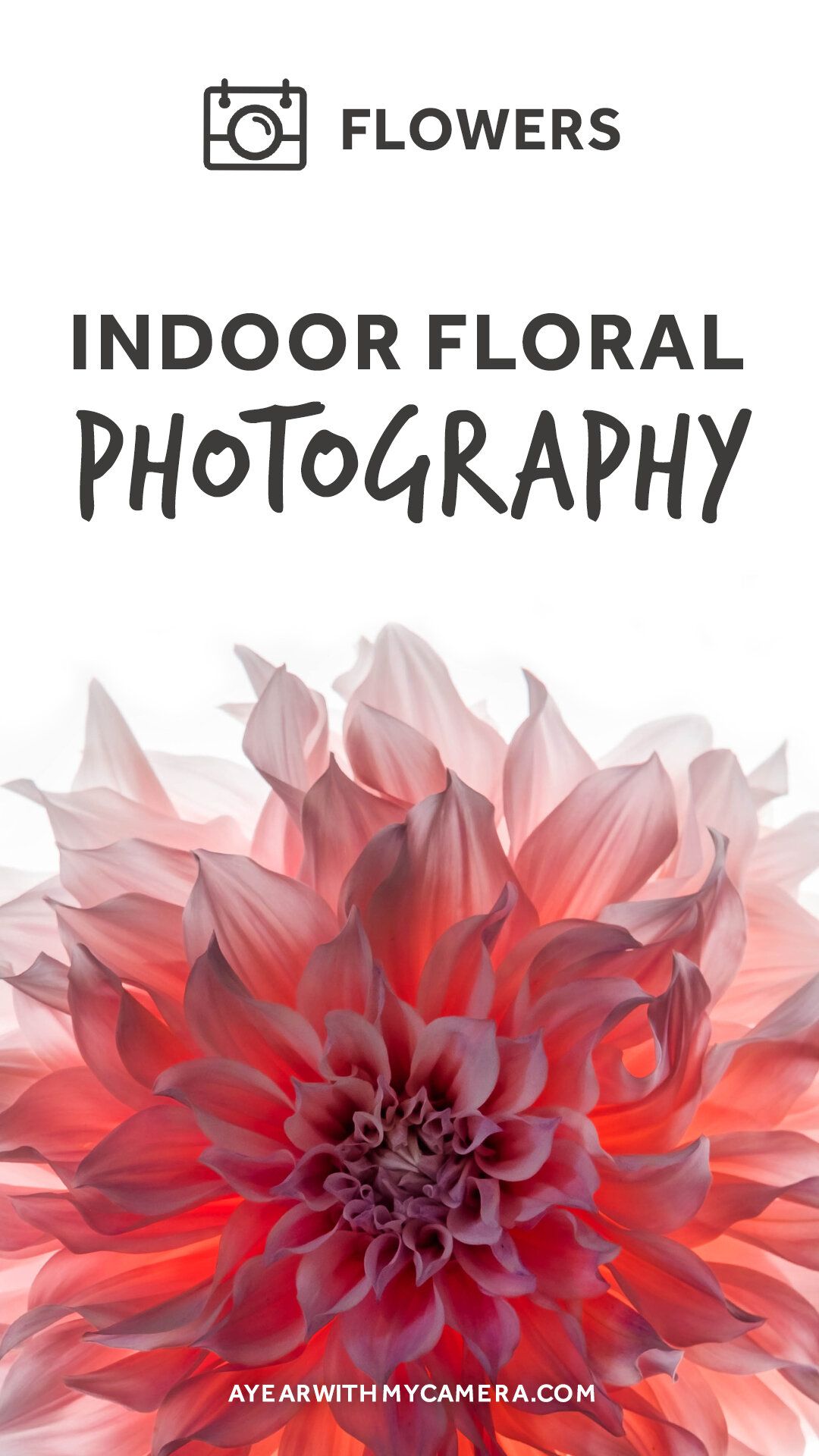Get Creative with Natural Light
When photographing flowers, natural light is your best friend. Look for a bright window or a spot in your yard where the sunlight is diffused. Avoid harsh, direct sunlight as it can create harsh shadows and blow out the details in the flowers. Experiment with different times of day to see how the light changes and enhances the colors of the flowers.
Use Reflectors and Whiteboards
If you find that the light is too harsh or creating strong shadows, try using whiteboards or reflectors to bounce the light onto the flowers. Reflectors can help soften the light and fill in any shadows, while whiteboards can help create a softer, more diffused light. Play around with different angles and positions to see which works best for the flowers you are photographing.
Experiment with Composition
When photographing flowers, think about composition. Try different angles, perspectives, and framing to create interesting and dynamic photos. Get close to the flowers to capture intricate details, or step back to show the entire bouquet. Play around with depth of field to create a soft, blurred background that makes the flowers stand out.
Consider the Background
The background of your flower photos can make or break the shot. Look for simple, uncluttered backgrounds that won’t distract from the beauty of the flowers. You can use a plain wall, a piece of fabric, or even a sheet of paper as a backdrop. Experiment with different colors and textures to find the perfect background for your flowers.
Use a Tripod
While flowers don’t move, a tripod can still be incredibly useful when photographing them. It can help steady your camera and ensure that your shots are sharp and in focus. A tripod also gives you the freedom to experiment with longer exposures, allowing you to capture more detail and color in your flower photos.
Keep it Simple
When it comes to flower photography, less is often more. Avoid cluttering your photos with too many flowers or distracting elements. Instead, focus on one or a small group of flowers to create a strong, impactful image. Pay attention to the details and try to capture the beauty of each individual flower.
Post-Processing
Once you have taken your photos, consider doing some post-processing to enhance them further. Simple adjustments like cropping, color correction, and sharpening can help make your flower photos really pop. You can use free or affordable photo editing software to make these adjustments, or even just the editing tools on your phone.
Practice, Practice, Practice
Like any form of photography, capturing stunning flower photos takes practice. Don’t be afraid to experiment, make mistakes, and try again. Take the time to study the flowers you are photographing and really understand their unique beauty. The more you practice, the better your flower photos will become.
In conclusion, capturing beautiful flower photos doesn’t require expensive equipment or a fancy studio set-up. With some creativity and a few simple tools, you can start taking stunning flower photos right at home. Remember to make use of natural light, experiment with composition and backgrounds, and keep practicing to improve your skills. So grab your camera, find a beautiful flower, and get started today. With a little patience and creativity, you’ll be amazed at the gorgeous flower photos you can capture.
You can review our digital products by following us on Etsy.





